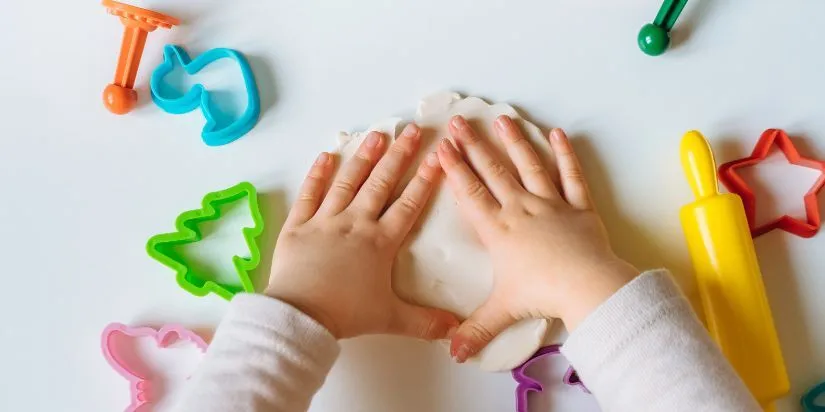
Fine-motor coordination refers to the ability to make precise movements using small muscles, particularly in the hands and fingers. This skill is crucial for many daily activities and develops progressively from infancy through childhood.
Key aspects of fine-motor coordination:
- Precision: Ability to perform accurate, controlled movements.
- Dexterity: Skill in performing tasks, especially with the hands.
- Hand-eye coordination: Synchronization between visual input and hand movements.
Development stages:
- Infancy: Grasping reflexes, reaching for objects
- Toddlerhood: Pincer grasp, stacking blocks
- Preschool: Using utensils, drawing simple shapes
- School-age: Writing, tying shoelaces, using scissors
Activities to improve fine-motor skills:
- Playdough or clay modeling
- Puzzles and building blocks
- Drawing and coloring
- Cutting with scissors
- Stringing beads
- Using tweezers or tongs to pick up small objects
- Buttoning and zipping clothes
- Playing musical instruments
Importance in daily life:
- Writing and drawing
- Self-care tasks (eating, dressing)
- Using technology (typing, touchscreens)
- Sports and hobbies
Potential challenges:
- Developmental delays
- Neurological conditions
- Injuries affecting hand function
Early intervention and regular practice can significantly improve fine-motor coordination. If concerns arise, consulting with pediatricians or occupational therapists is recommended for proper assessment and guidance.




